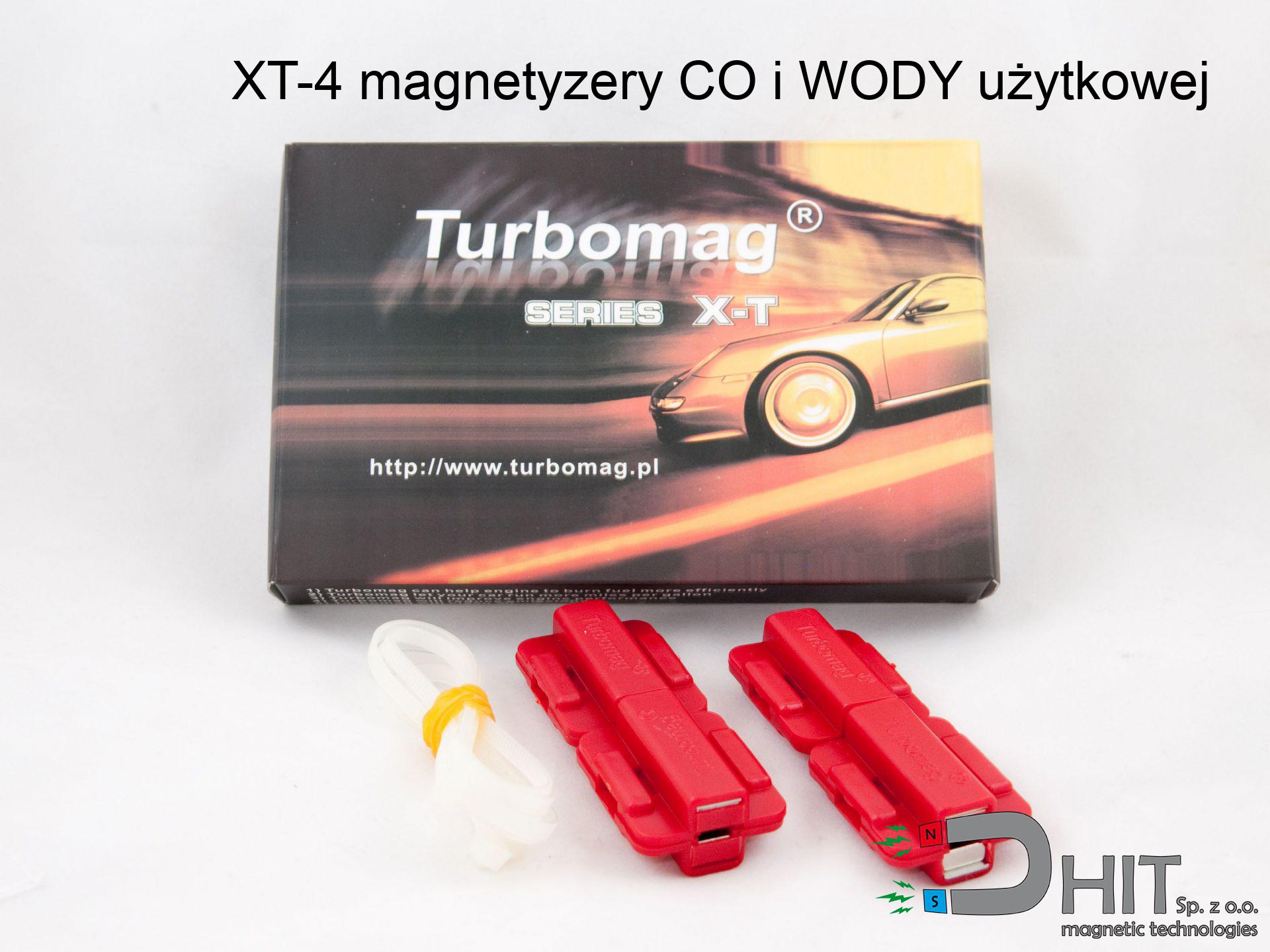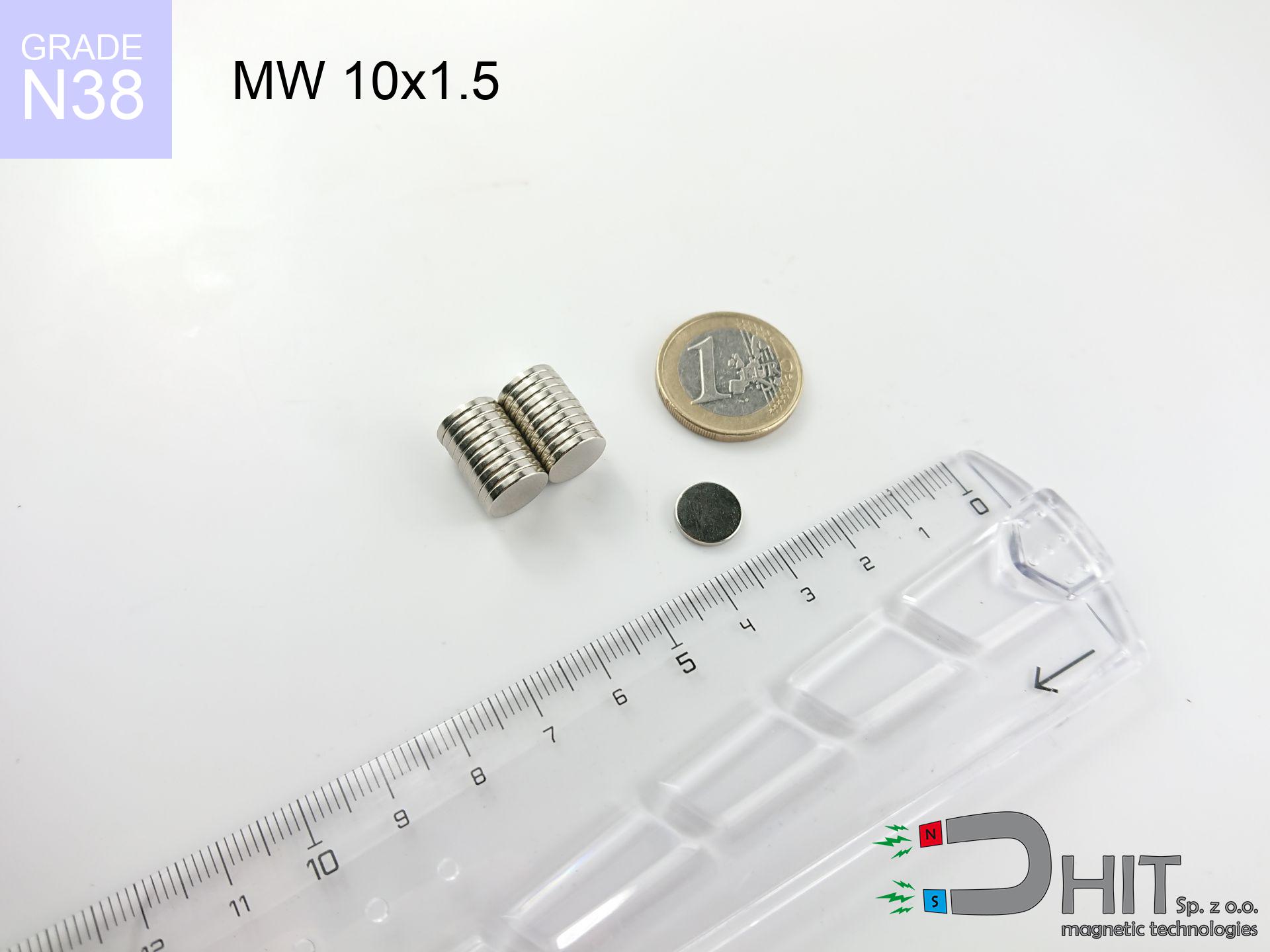XT-4 magnetyzery CO i WODY użytkowej - XT-4 magnetizer
XT-4 magnetizer
Catalog no 050245
GTIN/EAN: 5906301812395
Weight
228 g
98.99 ZŁ with VAT / pcs + price for transport
80.48 ZŁ net + 23% VAT / pcs
bulk discounts:
Need more?
Call us
+48 888 99 98 98
if you prefer send us a note using
inquiry form
the contact page.
Strength along with structure of a neodymium magnet can be reviewed using our
online calculation tool.
Orders placed before 14:00 will be shipped the same business day.
Technical data of the product - XT-4 magnetyzery CO i WODY użytkowej - XT-4 magnetizer
Specification / characteristics - XT-4 magnetyzery CO i WODY użytkowej - XT-4 magnetizer
| properties | values |
|---|---|
| Cat. no. | 050245 |
| GTIN/EAN | 5906301812395 |
| Production/Distribution | Dhit sp. z o.o. |
| Country of origin | Poland / China / Germany |
| Customs code | 85059029 |
| Weight | 228 g |
| Manufacturing Tolerance | ±1 mm |
Physical properties of sintered neodymium magnets Nd2Fe14B at 20°C
| properties | values | units |
|---|---|---|
| Vickers hardness | ≥550 | Hv |
| Density | ≥7.4 | g/cm3 |
| Curie Temperature TC | 312 - 380 | °C |
| Curie Temperature TF | 593 - 716 | °F |
| Specific resistance | 150 | μΩ⋅cm |
| Bending strength | 250 | MPa |
| Compressive strength | 1000~1100 | MPa |
| Thermal expansion parallel (∥) to orientation (M) | (3-4) x 10-6 | °C-1 |
| Thermal expansion perpendicular (⊥) to orientation (M) | -(1-3) x 10-6 | °C-1 |
| Young's modulus | 1.7 x 104 | kg/mm² |
Material specification
| iron (Fe) | 64% – 68% |
| neodymium (Nd) | 29% – 32% |
| boron (B) | 1.1% – 1.2% |
| dysprosium (Dy) | 0.5% – 2.0% |
| coating (Ni-Cu-Ni) | < 0.05% |
Sustainability
| recyclability (EoL) | 100% |
| recycled raw materials | ~10% (pre-cons) |
| carbon footprint | low / zredukowany |
| waste code (EWC) | 16 02 16 |
Other offers
Advantages as well as disadvantages of rare earth magnets.
Advantages
- They do not lose strength, even during around ten years – the decrease in power is only ~1% (according to tests),
- They feature excellent resistance to magnetism drop when exposed to external fields,
- A magnet with a smooth silver surface is more attractive,
- Magnetic induction on the top side of the magnet is extremely intense,
- Due to their durability and thermal resistance, neodymium magnets can operate (depending on the shape) even at high temperatures reaching 230°C or more...
- Possibility of accurate shaping and optimizing to specific applications,
- Versatile presence in high-tech industry – they are used in hard drives, electric motors, precision medical tools, also industrial machines.
- Thanks to efficiency per cm³, small magnets offer high operating force, with minimal size,
Cons
- To avoid cracks under impact, we recommend using special steel holders. Such a solution protects the magnet and simultaneously increases its durability.
- We warn that neodymium magnets can lose their strength at high temperatures. To prevent this, we advise our specialized [AH] magnets, which work effectively even at 230°C.
- Due to the susceptibility of magnets to corrosion in a humid environment, we suggest using waterproof magnets made of rubber, plastic or other material immune to moisture, in case of application outdoors
- We recommend casing - magnetic holder, due to difficulties in producing threads inside the magnet and complex shapes.
- Health risk resulting from small fragments of magnets are risky, if swallowed, which is particularly important in the context of child health protection. Additionally, tiny parts of these magnets can be problematic in diagnostics medical in case of swallowing.
- Due to complex production process, their price is higher than average,
Holding force characteristics
Maximum magnetic pulling force – what affects it?
- with the application of a sheet made of special test steel, ensuring maximum field concentration
- whose thickness reaches at least 10 mm
- with a surface perfectly flat
- without any insulating layer between the magnet and steel
- under axial application of breakaway force (90-degree angle)
- in neutral thermal conditions
What influences lifting capacity in practice
- Gap (between the magnet and the metal), as even a microscopic distance (e.g. 0.5 mm) can cause a drastic drop in lifting capacity by up to 50% (this also applies to varnish, rust or debris).
- Loading method – declared lifting capacity refers to pulling vertically. When slipping, the magnet exhibits significantly lower power (typically approx. 20-30% of maximum force).
- Metal thickness – the thinner the sheet, the weaker the hold. Magnetic flux penetrates through instead of generating force.
- Steel type – mild steel gives the best results. Alloy steels lower magnetic properties and holding force.
- Smoothness – ideal contact is possible only on polished steel. Any scratches and bumps reduce the real contact area, reducing force.
- Operating temperature – neodymium magnets have a negative temperature coefficient. When it is hot they are weaker, and in frost they can be stronger (up to a certain limit).
Lifting capacity testing was carried out on plates with a smooth surface of suitable thickness, under perpendicular forces, in contrast under shearing force the load capacity is reduced by as much as fivefold. In addition, even a slight gap between the magnet and the plate reduces the load capacity.
H&S for magnets
No play value
Neodymium magnets are not toys. Eating several magnets may result in them pinching intestinal walls, which constitutes a critical condition and necessitates urgent medical intervention.
Keep away from electronics
A powerful magnetic field negatively affects the functioning of compasses in phones and navigation systems. Do not bring magnets close to a device to prevent breaking the sensors.
Immense force
Handle magnets with awareness. Their immense force can surprise even experienced users. Stay alert and respect their power.
Shattering risk
Despite metallic appearance, the material is delicate and cannot withstand shocks. Do not hit, as the magnet may shatter into sharp, dangerous pieces.
Cards and drives
Device Safety: Strong magnets can damage data carriers and delicate electronics (heart implants, medical aids, timepieces).
Machining danger
Combustion risk: Neodymium dust is explosive. Avoid machining magnets in home conditions as this risks ignition.
Medical interference
Warning for patients: Strong magnetic fields disrupt electronics. Keep at least 30 cm distance or request help to work with the magnets.
Permanent damage
Regular neodymium magnets (N-type) undergo demagnetization when the temperature goes above 80°C. Damage is permanent.
Pinching danger
Mind your fingers. Two large magnets will snap together instantly with a force of several hundred kilograms, destroying anything in their path. Be careful!
Avoid contact if allergic
A percentage of the population suffer from a sensitization to nickel, which is the common plating for neodymium magnets. Extended handling might lead to dermatitis. We recommend use protective gloves.








